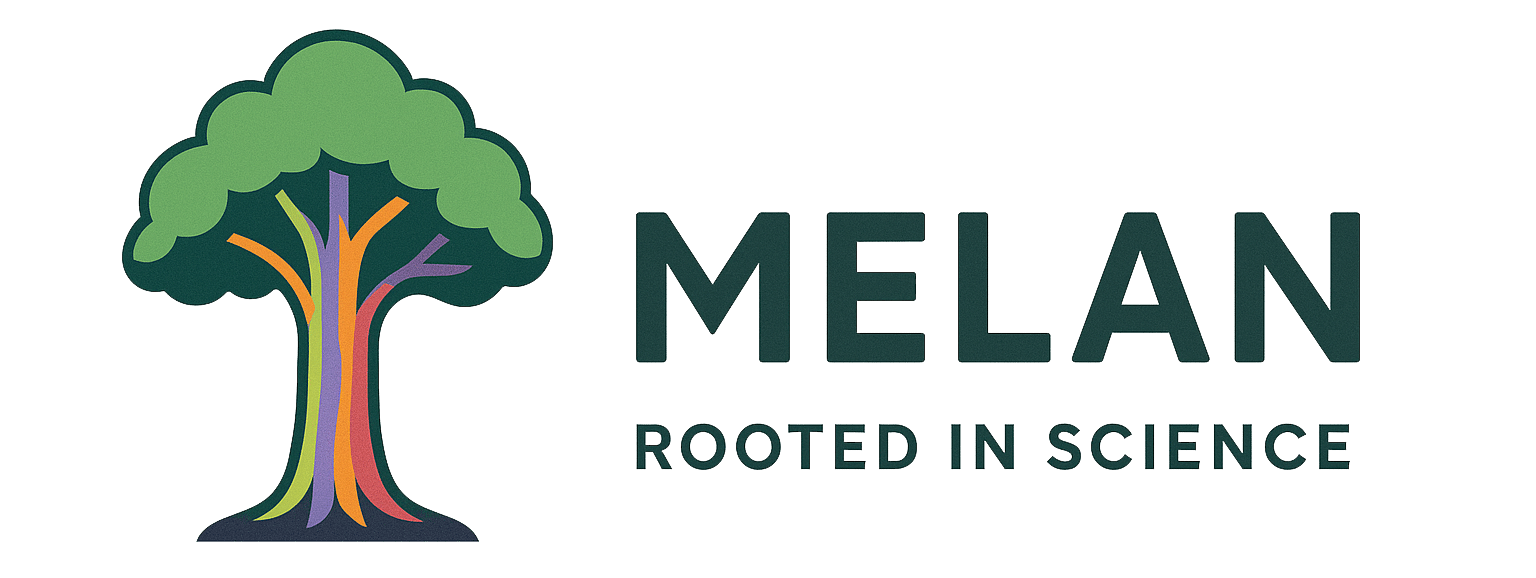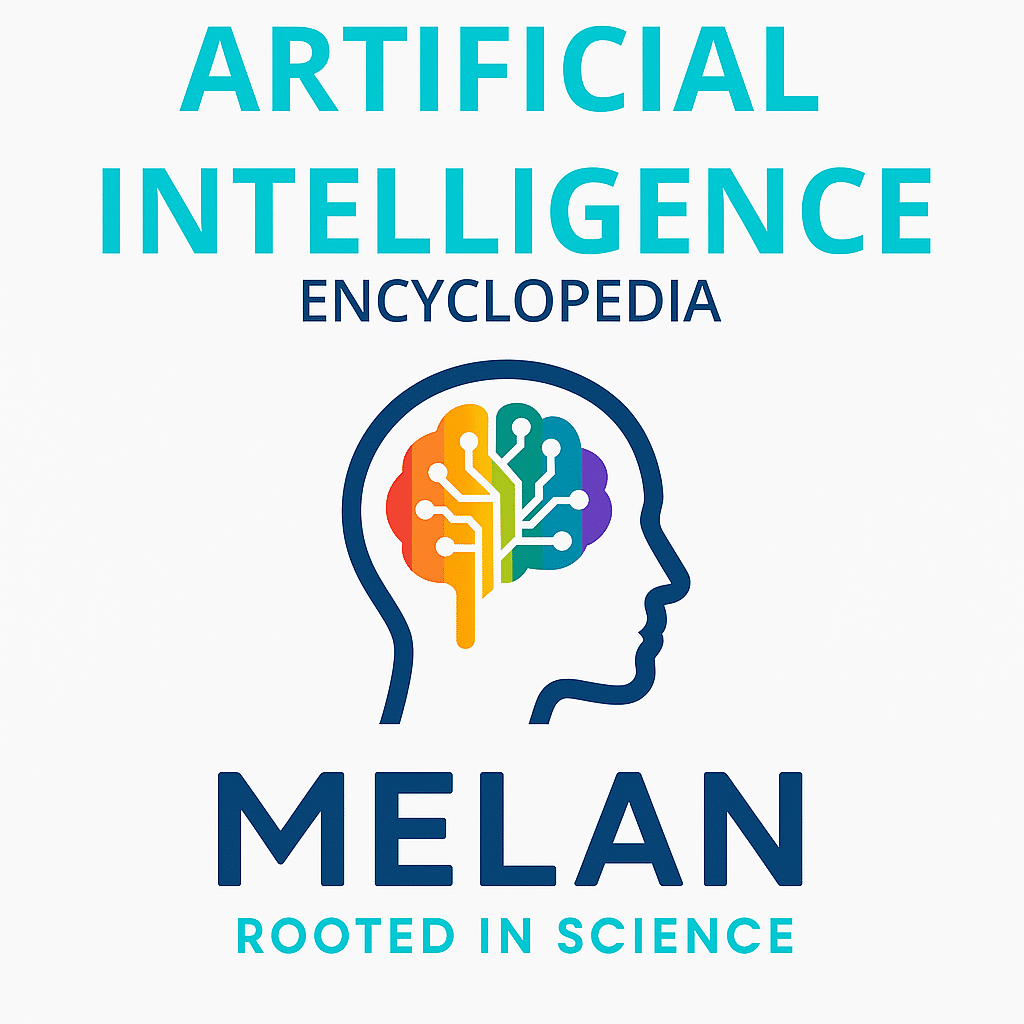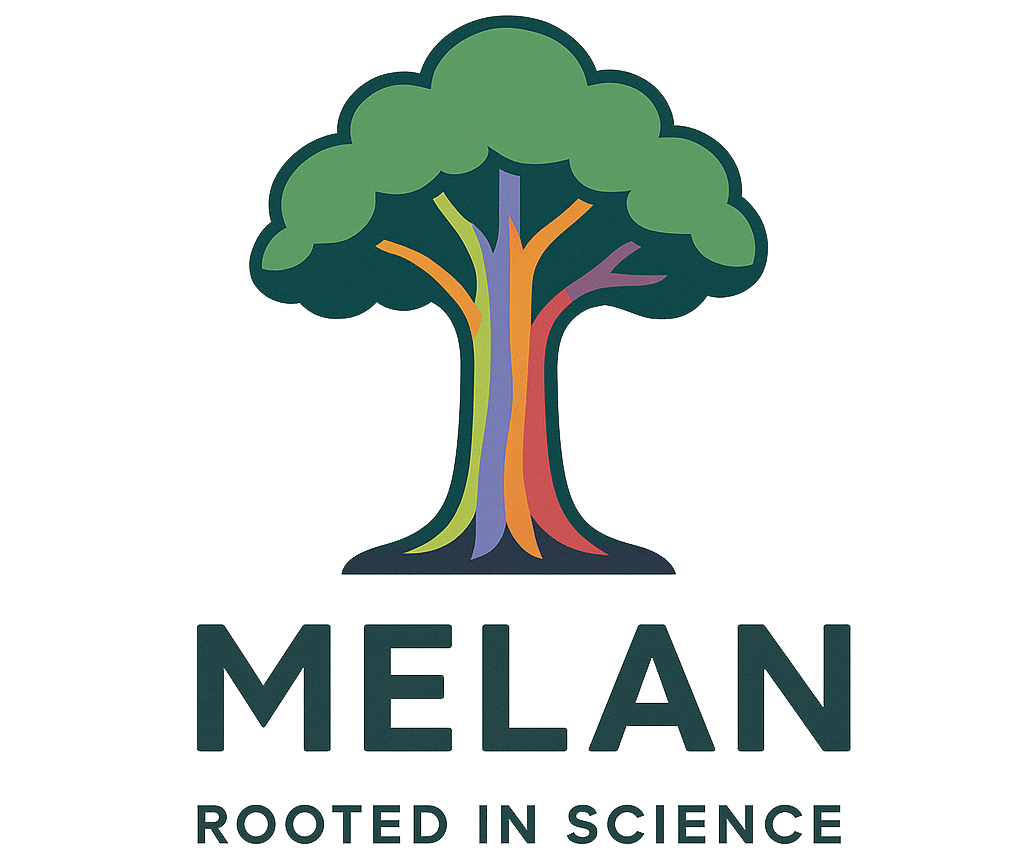Weak Supervision refers to a machine learning approach that trains AI systems using incomplete, noisy, or approximate labels instead of requiring perfect, hand-labeled examples for every piece of training data. This method allows developers to create AI systems when getting high-quality labeled data is expensive, time-consuming, or impossible, by using techniques like automated labeling rules, crowdsourced annotations, or existing databases to generate training signals that are “good enough” rather than perfect.
Weak Supervision
|
|
|---|---|
| Category | Machine Learning, Data Science |
| Subfield | Semi-supervised Learning, Data Programming, Label Generation |
| Key Advantage | Reduces Need for Expensive Manual Labeling |
| Label Quality | Noisy, Incomplete, or Approximate |
| Primary Use Cases | Large-scale Problems, Domain-specific Applications |
| Sources: Snorkel: Rapid Training Data Creation, Stanford Hazy Research, NeurIPS Proceedings | |
Other Names
Noisy Supervision, Distant Supervision, Data Programming, Approximate Labeling, Semi-supervised Learning, Crowdsourced Labeling, Programmatic Labeling, Silver Standard Learning
History and Development
Weak supervision emerged in the early 2000s when researchers realized that many real-world AI applications couldn’t get enough high-quality labeled data using traditional methods. Early work by researchers like Mike Mintz and others developed “distant supervision” techniques that automatically labeled text data by matching it with existing databases, even though the automatic labels weren’t always perfect. The field gained momentum around 2010 when companies like Google and Facebook needed to process massive amounts of data for applications like search and social media understanding, making manual labeling impossible due to scale.
Modern weak supervision was formalized by researchers at Stanford University, particularly through the Snorkel system developed by Alex Ratner, Chris Ré, and their team in 2016, which provided systematic ways to combine multiple noisy labeling sources. The approach became essential with the rise of deep learning systems that need enormous amounts of training data, making weak supervision a practical necessity for many real-world AI applications.
How Weak Supervision Works
Weak supervision works by combining multiple imperfect labeling sources to create training data that’s collectively more reliable than any single source alone. Instead of having experts manually label every example (which might cost thousands of dollars and take months), developers create labeling functions—simple rules or heuristics that automatically assign labels to data, even if they’re sometimes wrong. For example, to identify spam emails, you might write rules like “emails with certain keywords are probably spam” or “emails from unknown senders are suspicious,” knowing these rules will make mistakes but capture general patterns.
The system then uses statistical methods to figure out which labeling functions are most reliable and how to best combine their predictions, creating a final set of training labels that are noisy but useful. Modern weak supervision frameworks can handle hundreds of different labeling sources, from simple keyword rules to crowdsourced human annotations to predictions from existing AI models, automatically figuring out how much to trust each source and resolving conflicts between them.
Variations of Weak Supervision
Rule-based Labeling Functions
Simple if-then rules created by domain experts that automatically label data based on patterns, keywords, or other features, providing fast labeling but with limited accuracy for complex cases.
Distant Supervision
Using existing databases or knowledge sources to automatically label new data by matching patterns, such as labeling sentences as discussing companies by checking if they mention names in a company database.
Crowdsourced Weak Supervision
Collecting labels from many non-expert workers who might make individual mistakes, then using statistical methods to combine their responses into more reliable training data than any single worker could provide.
Real-World Applications
Medical AI systems use weak supervision to train disease detection models by combining information from medical databases, doctor notes, and imaging reports, creating training data without requiring expensive manual annotation by medical specialists for every image or case. Social media companies employ weak supervision to identify harmful content by combining automated content scanning, user reports, and simple rule-based filters, enabling content moderation at the scale of billions of posts without manually reviewing each one. Financial institutions apply weak supervision for fraud detection by creating labeling rules based on transaction patterns, merchant categories, and historical fraud indicators, allowing them to train AI systems on millions of transactions without manually investigating every suspicious case.
E-commerce platforms use weak supervision to categorize products and improve search results by combining supplier information, customer reviews, and automated text analysis to label millions of products without human experts categorizing each item individually. Scientific research projects leverage weak supervision to analyze large datasets like satellite images or genetic sequences by combining multiple automated analysis tools and basic heuristics, enabling discoveries that would be impossible with manual analysis of massive environmental datasets.
Weak Supervision Benefits
Weak supervision dramatically reduces the time and cost of creating training data by eliminating the need for expert humans to manually label every example, making AI development possible for projects with limited budgets or tight deadlines. It enables AI development for problems where getting perfect labels is impossible or impractical, such as analyzing historical documents, understanding rare languages, or processing real-time data streams that can’t wait for human review. The approach scales to massive datasets that would be impossible to label manually, enabling AI systems trained on millions or billions of examples rather than the thousands that human labelers could realistically handle.
Weak supervision incorporates domain expertise through labeling rules created by experts, capturing human knowledge about the problem in a systematic way that can be applied automatically to large amounts of data. The method provides flexibility to adapt quickly to changing requirements by updating labeling rules rather than re-labeling entire datasets, making it easier to improve AI systems as understanding of the problem evolves.
Risks and Limitations
Label Quality and Noise Issues
The biggest challenge with weak supervision is that noisy or incorrect labels can teach AI systems wrong patterns, potentially leading to poor performance or systematic biases that are hard to detect and fix. When multiple labeling sources disagree or when automatic rules make consistent mistakes, the resulting training data might not represent the true patterns needed for good AI performance.
Difficulty in Evaluating Label Quality
It’s often hard to know how good your weak supervision labels are without manually checking many examples, which defeats some of the cost savings of the approach. Poor label quality might not become apparent until the AI system fails in real-world deployment, making quality assessment a critical but challenging aspect of weak supervision.
Complexity in Combining Multiple Sources
Managing dozens or hundreds of different labeling functions requires sophisticated statistical methods and can become quite complex, especially when sources have different reliability levels, cover different types of examples, or interact in unexpected ways. This complexity can make weak supervision systems difficult to debug and maintain.
Domain Expertise Requirements
Creating effective labeling functions still requires significant domain knowledge and understanding of the problem, meaning weak supervision doesn’t eliminate the need for expert input—it just changes how that expertise is applied. Bad labeling rules based on incorrect assumptions can create systematically biased training data.
Bias Amplification and Fairness Concerns
Weak supervision can amplify existing biases present in automatic labeling rules or crowdsourced annotations, potentially creating AI systems that discriminate against certain groups or perpetuate unfair stereotypes. The indirect nature of weak supervision can make these biases harder to detect and address compared to traditional supervised learning approaches.
Quality Standards and Validation Requirements
Industries deploying weak supervision systems face challenges in establishing quality standards and validation procedures, particularly when regulatory compliance requires demonstrating training data quality. Professional standards continue evolving as organizations recognize that weak supervision quality directly affects AI system reliability and safety. These concerns have grown following cases where weak supervision introduced bias into health and behavioral decision systems, market demands for transparent and reliable AI training methods, and regulatory scrutiny of automated labeling practices in sensitive applications like healthcare and finance.
Best Practices and Industry Standards
Technology companies, academic researchers, and regulatory bodies work together to establish guidelines for responsible weak supervision practices, focusing on bias detection, quality assessment, and validation methods. Professional organizations develop standards for documenting weak supervision processes and ensuring adequate quality control in AI development. The intended outcomes include improving the reliability and fairness of weakly supervised AI systems, establishing clear quality standards for automated labeling, developing better methods for detecting and correcting bias in weak supervision, and ensuring weak supervision enables beneficial AI development while maintaining appropriate safety and fairness standards. Initial evidence shows increased awareness of weak supervision limitations among AI developers, development of better quality assessment tools for noisy labels, growing emphasis on bias testing in weak supervision systems, and establishment of industry guidelines for weak supervision in regulated domains.
Current Debates
Quality vs. Quantity Trade-offs
Researchers debate whether it’s better to have smaller amounts of high-quality manually labeled data or larger amounts of lower-quality weakly supervised data, particularly for different types of AI applications and problem domains.
Automated vs. Human-in-the-loop Approaches
Practitioners argue about how much human oversight and intervention is needed in weak supervision systems, balancing the efficiency of fully automated approaches against the quality benefits of human guidance and correction.
Simple vs. Complex Labeling Function Design
The field debates whether to use many simple labeling rules that are easy to understand and debug, or fewer complex rules that might be more accurate but harder to interpret and maintain.
Domain-specific vs. General-purpose Methods
Scientists disagree about whether weak supervision techniques should be tailored to specific domains (like medical text or financial data) or developed as general-purpose tools that work across different problem types.
Evaluation Standards and Benchmarks
Researchers argue about how to properly evaluate weak supervision systems, particularly how to measure label quality and system performance when ground truth labels are expensive or unavailable.
Media Depictions of Weak Supervision
Movies
- The Imitation Game (2014): Alan Turing’s (Benedict Cumberbatch) use of partial information and pattern recognition to break codes parallels how weak supervision uses incomplete signals to train AI systems
- Moneyball (2011): Billy Beane’s (Brad Pitt) use of imperfect statistics and multiple data sources to evaluate players reflects weak supervision’s approach of combining noisy information sources
- Hidden Figures (2016): The combination of different calculation methods and cross-checking results demonstrates principles similar to weak supervision’s multi-source approach
- A Beautiful Mind (2001): John Nash’s (Russell Crowe) pattern recognition from incomplete information parallels how weak supervision identifies patterns from noisy data
TV Shows
- Sherlock (2010-2017): Sherlock Holmes’ (Benedict Cumberbatch) deductive reasoning from incomplete clues demonstrates the principle of drawing conclusions from imperfect evidence, similar to weak supervision
- CSI franchise (2000-2015): Crime scene investigators combining multiple types of evidence with varying reliability parallels weak supervision’s integration of multiple noisy labeling sources
- Numb3rs (2005-2010): Charlie Eppes (David Krumholtz) often works with incomplete data and multiple information sources to solve problems, reflecting weak supervision approaches
- Silicon Valley (2014-2019): The show’s portrayal of rapid software development using imperfect solutions reflects the practical trade-offs involved in weak supervision
Books
- The Signal and the Noise (2012) by Nate Silver: Discusses how to extract useful information from noisy data sources, which relates directly to weak supervision’s core challenge
- Thinking, Fast and Slow (2011) by Daniel Kahneman: Explores how humans make decisions with incomplete information, paralleling weak supervision’s approach to learning from imperfect data
- The Black Swan (2007) by Nassim Nicholas Taleb: Examines how we draw conclusions from limited evidence, relating to weak supervision’s challenge of learning from incomplete signals
- Weapons of Math Destruction (2016) by Cathy O’Neil: Discusses how automated systems can perpetuate biases, highlighting important considerations for weak supervision applications
Games and Interactive Media
- Citizen Science Projects: Crowdsourced research projects where volunteers provide imperfect labels for scientific data, demonstrating real-world weak supervision principles
- Wikipedia Editing: The collaborative editing process where multiple contributors with varying expertise create content represents weak supervision’s multi-source approach
- Data Labeling Platforms: Tools like Amazon Mechanical Turk and Figure Eight that collect labels from multiple workers, providing hands-on experience with weak supervision challenges
- Machine Learning Competitions: Platforms like Kaggle where participants often use weak supervision techniques to create training data from limited examples
Research Landscape
Current research focuses on developing better methods for automatically assessing label quality in weak supervision systems, using techniques like confidence estimation and uncertainty quantification to identify unreliable labels. Scientists are working on more sophisticated ways to combine multiple labeling sources, including deep learning approaches that can automatically learn which sources to trust for different types of examples.
Advanced techniques explore interactive weak supervision where human experts can provide feedback on labeling function performance and automatically improve the system over time. Emerging research areas include privacy-preserving weak supervision that protects sensitive data while enabling collaborative labeling, federated weak supervision that combines labeling efforts across multiple organizations, and robust weak supervision methods that maintain performance even when some labeling sources are completely unreliable or maliciously corrupted.
Selected Publications
Frequently Asked Questions
What exactly is weak supervision?
Weak supervision is a way to train AI systems using imperfect or noisy labels instead of requiring perfectly labeled examples for every piece of training data, making AI development faster and cheaper when high-quality labels are hard to get.
How is weak supervision different from regular supervised learning?
Regular supervised learning needs perfect, manually created labels for every training example, while weak supervision uses automated rules, existing databases, or crowdsourced labels that might be wrong sometimes but are much easier and cheaper to obtain.
When should I consider using weak supervision?
Consider weak supervision when you have large amounts of data but manual labeling would be too expensive or time-consuming, when perfect labels are impossible to obtain, or when you can write reasonable rules to automatically identify patterns in your data.
What are the main risks of using weak supervision?
The biggest risks are that noisy labels might teach your AI system wrong patterns, systematic biases in automatic labeling rules could create unfair AI systems, and it can be difficult to know how good your weak labels are without expensive manual checking.
How do I know if my weak supervision is working well?
Test your weakly supervised model on a small set of high-quality manually labeled examples, compare results from different labeling functions to identify conflicts, and monitor your AI system’s real-world performance to catch problems that weak supervision might have missed.


